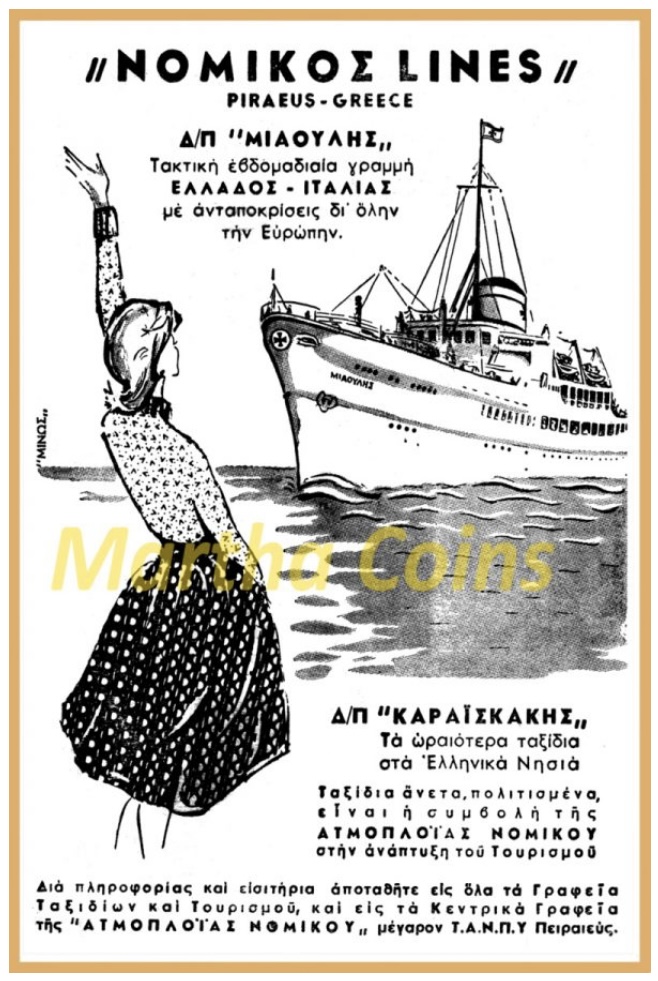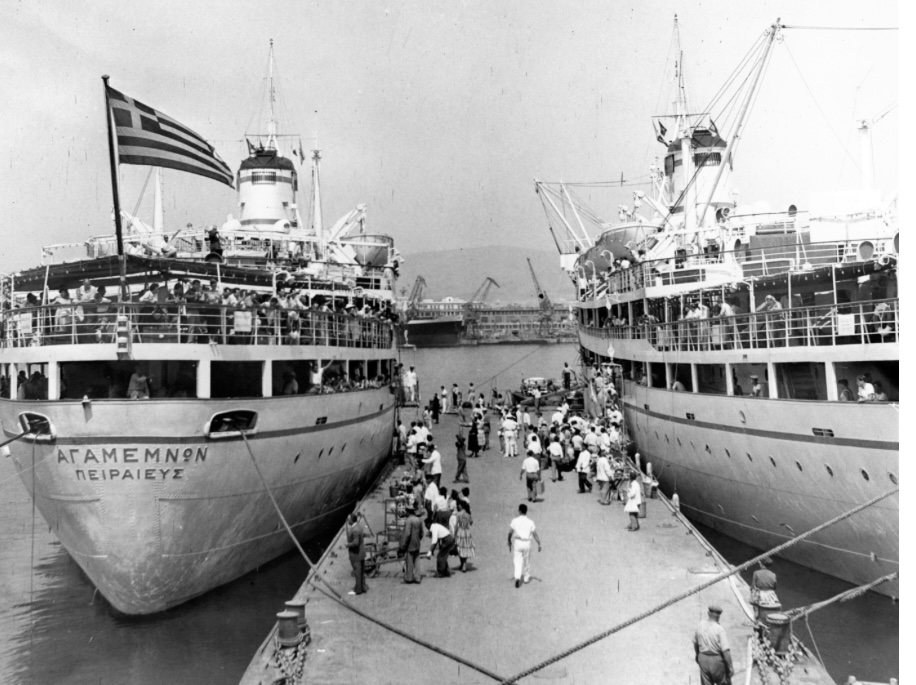YBCA Spring 2026 Season “Celebrates Fierce Imagination and Queer & Trans Artistry”
Media Contacts:
Lauren Macmadu / (415) 350-1884 / lmacmadu@ybca.org
David Perry / (415) 676-7007 / news@davidperry.com
YBCA Announces Spring 2026 Season Elevating Art
At The Intersection of Identity and Imagination
Featuring exhibitions by renowned artists and guest curators, alongside collaborations with the GLBT Historical Society and Queer Ancestors Project, the season celebrates
fierce imagination and queer and trans artistry.
19 November 2025 – San Francisco, CA: Yerba Buena Center for the Arts (YBCA) today announced its Spring 2026 exhibition season, a bold slate of exhibitions connected by ideas of identity, resilience, and liberation. Featuring solo exhibitions by internationally acclaimed artists Diedrick Brackens and P. Staff, and the group exhibition Conjuring Power: Roots & Futures of Queer & Trans Movements, the season reaffirms YBCA’s role as a leading Bay Area institution where art, activism, and creative expression converge.
“At a time when creative freedom is increasingly under attack, YBCA is committed to presenting work that embodies courage, conviction, and humanity,” said Mari Robles, CEO of YBCA. “This season of exhibitions at YBCA uplifts bold voices that demand we pay attention to a multiplicity of liberating truths. Whether directly confrontational or tenderly defiant, these artists speak with beauty and power.”
The Prince of Homburg by P. Staff
Curated by Jeanne Gerrity; Opening in January 2026
On view for the first time in the United States, The Prince of Homburg reflects on freedom, repression, and queer and trans identity through prints, sculpture, and a dreamlike video installation. Loosely inspired by Heinrich von Kleist’s 1810 play, P. Staff explores exhaustion as a response to structural oppression.
Diedrick Brackens
Curated by Eungie Joo; Opening in March 2026
For his first solo exhibition in the Bay Area, Diedrick Brackens presents recent and new works that consider tenderness, migration, and connections with the natural world. Brackens’ jarring and psychedelic color combinations expose a changing aesthetic and signal a contemplative turn in the artist’s textile works.
Conjuring Power: Roots & Futures of Queer & Trans Movements
Curated by Tina Valentín Aguirre and Caro De Robertis; Opening in March 2026
A blend of art, archive, and imagination, this multimedia exhibition explores the resilient beauty, cultural richness, and fierce resistance of Bay Area queer and trans communities. The exhibitionfeatures works by Ester Hernández, Serge Gay Jr., Tanya Wischerath, Crystal Mason, and emerging artists from the Queer Ancestors Project. It also includes archival materials from the GLBT Historical Society and audio from Caro De Robertis’s I See My Light Shining oral history project. Through the prism of these visionary sources, Conjuring Power provides a fresh look at queer legacies and possible futures.
“These exhibitions highlight the power of artists to transform material and narrative into striking visual worlds,” said Dorothy Dávila, Chief of Curatorial Initiatives at YBCA. “Whether through P. Staff’s immersive installation, Diedrick Brackens’ evolving textile practice, or the layered works in Conjuring Power, each presentation expands how we see and understand contemporary art today.”
Extending the season’s spirit of reflection and transformation, YBCA will also present End Point | Open Time, an immersive, multi-sensory performance installation by Liss Fain Dance. Presented in YBCA’s Forum, the installation’s architecture and sound score hold the audience and dancers inside an altered space. The dance moves through the structure and shifting light, revealing moments of solitude, exuberance and the humanity we recognize in each other. Shaped by Fain’s travels to the Arctic and by the stark clarity of Louise Glück’s writing, the work deepens the season’s focus on freedom, connection, and the imagination that gives meaning to both.
Conjuring Power: Roots & Futures of Queer & Trans Movements is made possible with support from TheBob Ross Foundation.
YBCA programs are made possible in part by Blue Shield of California, the City and County of San Francisco, The Yerba Buena Gardens Conservancy, The William and Flora Hewlett Foundation, Institute of Museum and Library Services (IMLS), San Francisco Office of Economic and Workforce Development, Bloomberg Philanthropies, The Svane Family Foundation, Helen Frankenthaler Foundation, James R. Lilienthal Trust, California Arts Council, Yerba Buena Partnership, Meridee Moore, Beard Family Foundation, Schwab Charitable Fund, Gaia Fund, David and Carla Crane Foundation, Andrew Skillman and Lydia Choy Charitable Fund, Amy and Hannah Eliot, Maria Kim, Tides Foundation, Wayee Chu and Ethan Beard, Amanda Minami, Klau Family Fund, Peter Rigano and Cody Hicks, Harvey and Leslie Wagner Foundation, Robert and Junko Kenmotsu, The San Francisco Foundation, The Ron Conway Family, and YBCA Members.
For more information visit www.ybca.org.
About YBCA:
Opened to the public in 1993, Yerba Buena Center for the Arts (YBCA) was founded as the cultural anchor of San Francisco’s Yerba Buena Gardens neighborhood. Our work spans the realms of contemporary art, performance, film, civic engagement, and public life. By centering artists as essential to social and cultural movement, YBCA is reimagining the role an arts institution can play in the communities it serves. For more information, visit ybca.org.
YBCA is open Wednesday through Sunday from 11:00am to 5:00pm. General admission is $10, and $5 for students and seniors. Admission is free every Wednesday. For tickets and information, visit ybca.org.
# # #



